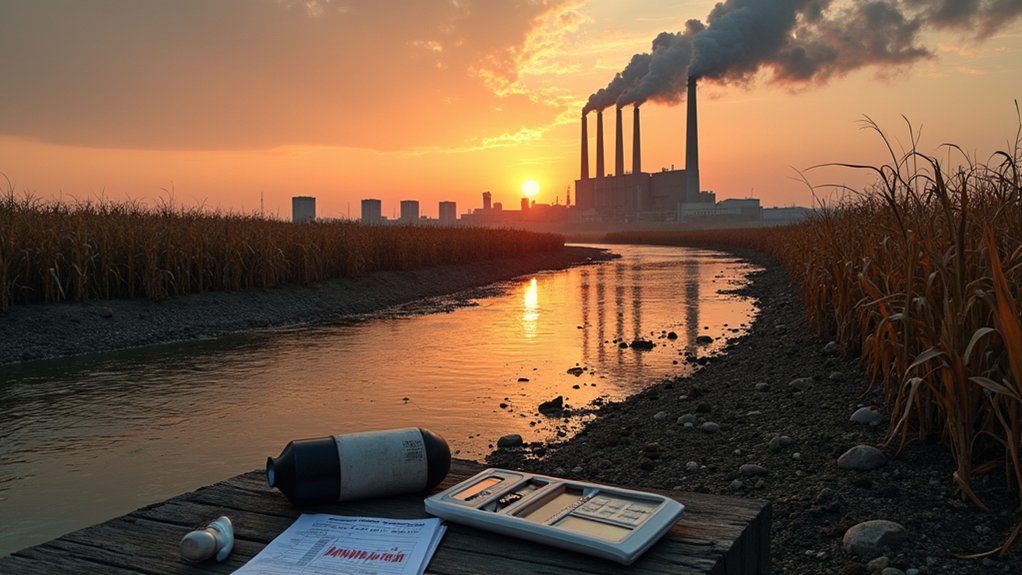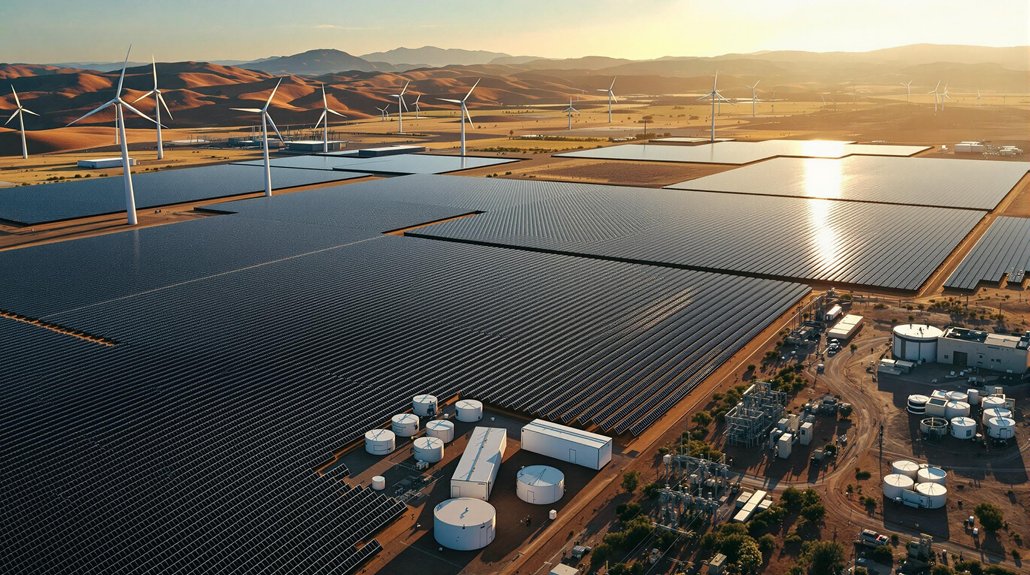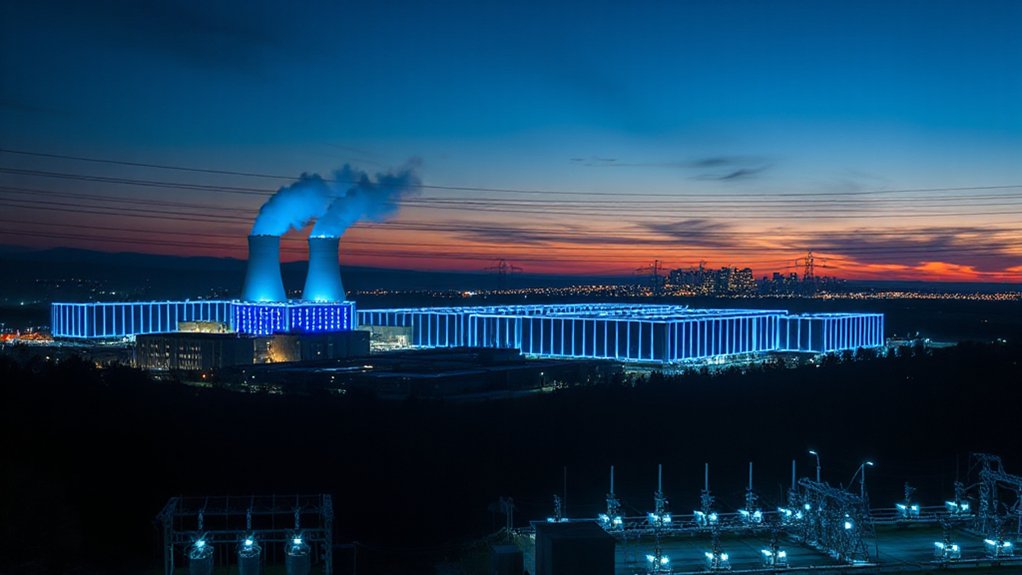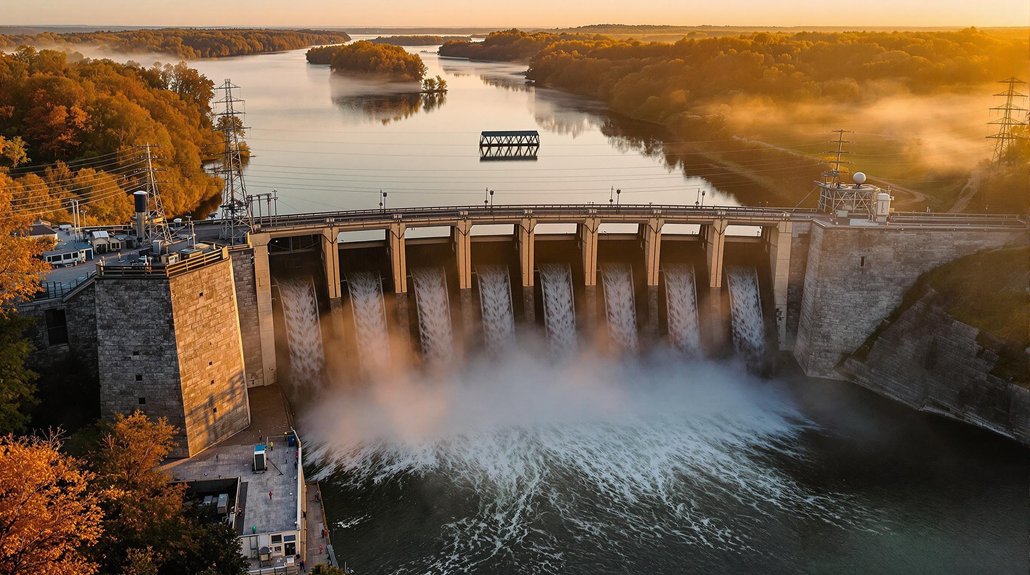While Americans blissfully charge their phones and binge Netflix, the nation’s power grid faces an unprecedented onslaught of threats that could plunge communities into darkness at any moment. No joke — direct physical attacks on U.S. power grids shot up by 70% last year. That’s a terrifying spike, folks. We’re talking 175 documented attacks or threats against critical infrastructure in 2023 alone.
And cyber threats? Don’t get me started. Utilities got hammered with 1,162 cyberattacks last year alone — another 70% increase. Hackers aren’t playing games; they’re targeting the operational technology that keeps your lights on and your frozen pizza frozen. The increasing interconnectedness of electricity distribution networks has created expanded vulnerability points for malicious actors to exploit.
The problem isn’t just bad actors. America’s power grid is basically a senior citizen at this point. About 70% of transmission lines are over 25 years old and wheezing toward retirement. With approximately 80% of U.S. outages attributed to severe weather events, these aging components are especially vulnerable. When these ancient components fail — and they will — we’re in trouble. Replacements aren’t sitting around in some warehouse waiting to be installed.
Republicans keep blocking infrastructure investment while our grid crumbles. Meanwhile, digitization is creating roughly 60 new vulnerability points daily. Every smart thermostat and solar panel adds another potential doorway for hackers. Progress, right?
The supply chain situation isn’t helping either. We’re installing equipment from who-knows-where with minimal vetting. And let’s not forget insider threats — sometimes the call is coming from inside the house, with employees or contractors potentially compromising security.
Regulatory oversight is a fragmented mess, with federal, state, and regional authorities struggling to coordinate. The North American Electric Reliability Corporation is practically shouting about vulnerability concerns, but consistent enforcement? Dream on.
This isn’t some abstract threat. A coordinated attack could trigger cascading failures across multiple regions. Remember Texas freezing in 2021? Multiply that by ten, add cyber warfare, and remove emergency response. That’s our potential future if we don’t act now. But heaven forbid we invest in critical infrastructure when we could cut taxes for billionaires instead. Our growing dependence on intermittent renewables without adequate battery storage capacity further threatens grid stability during critical periods.
References
- https://www.tripwire.com/state-of-security/cybersecurity-electricity-distribution-2025-update
- https://infrastructurereportcard.org/cat-item/energy-infrastructure/
- https://bens.org/securing-the-u-s-electric-grid-how-are-we-meeting-the-challenge/
- https://amarok.com/blog/threats-to-the-u-s-power-grid/
- https://klrd.gov/2024/12/18/grid-security/








